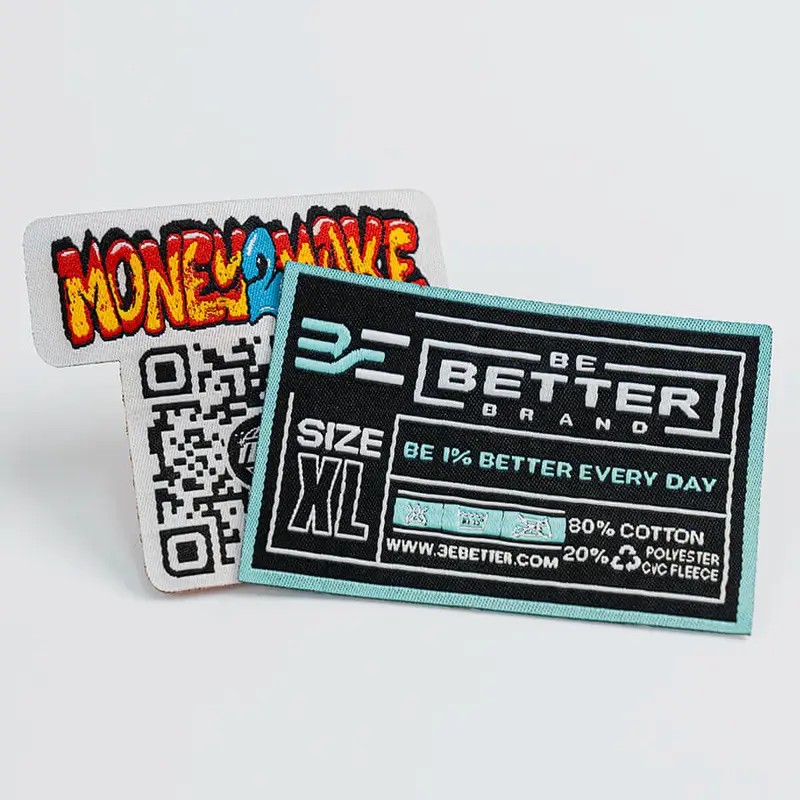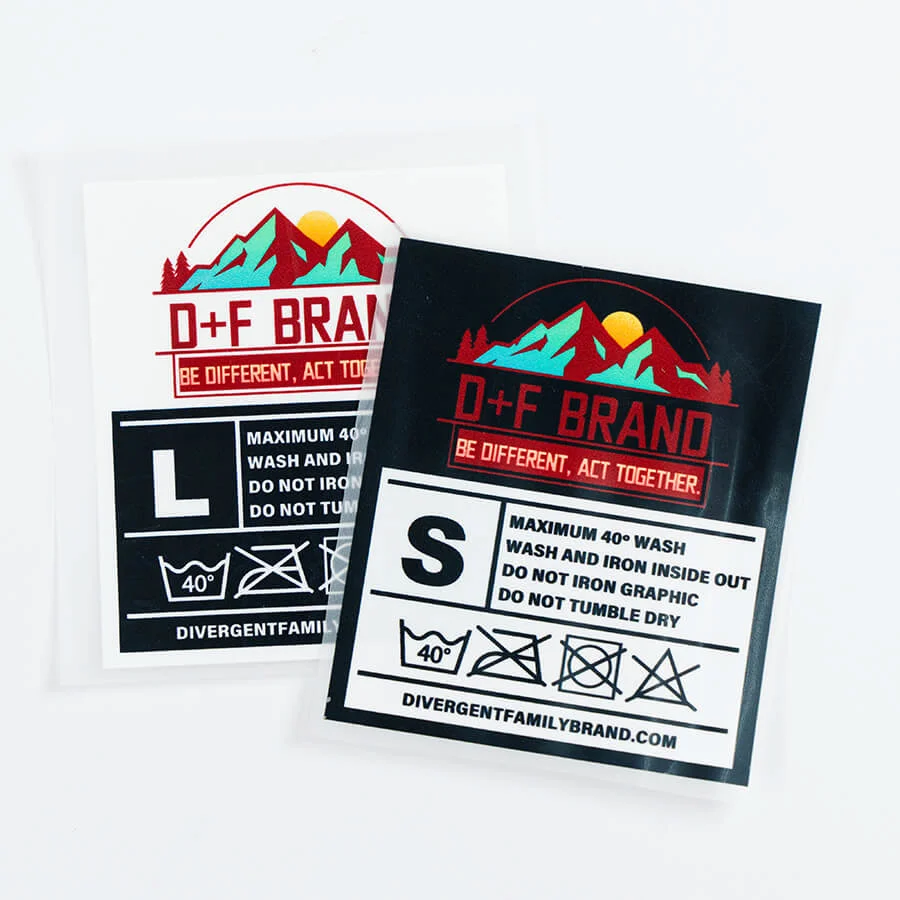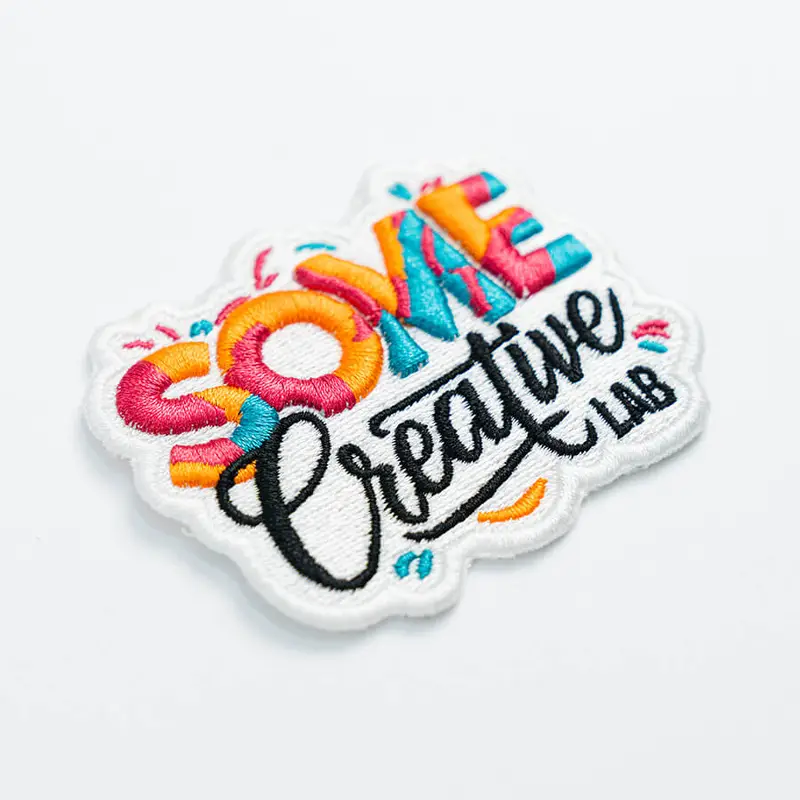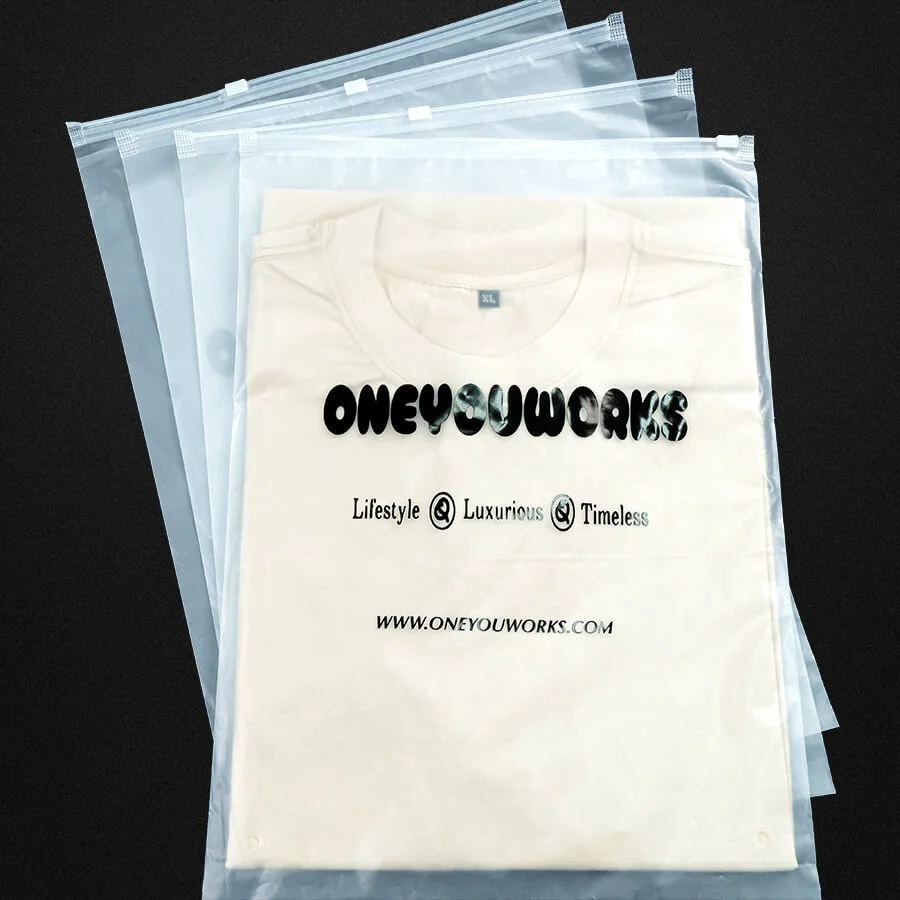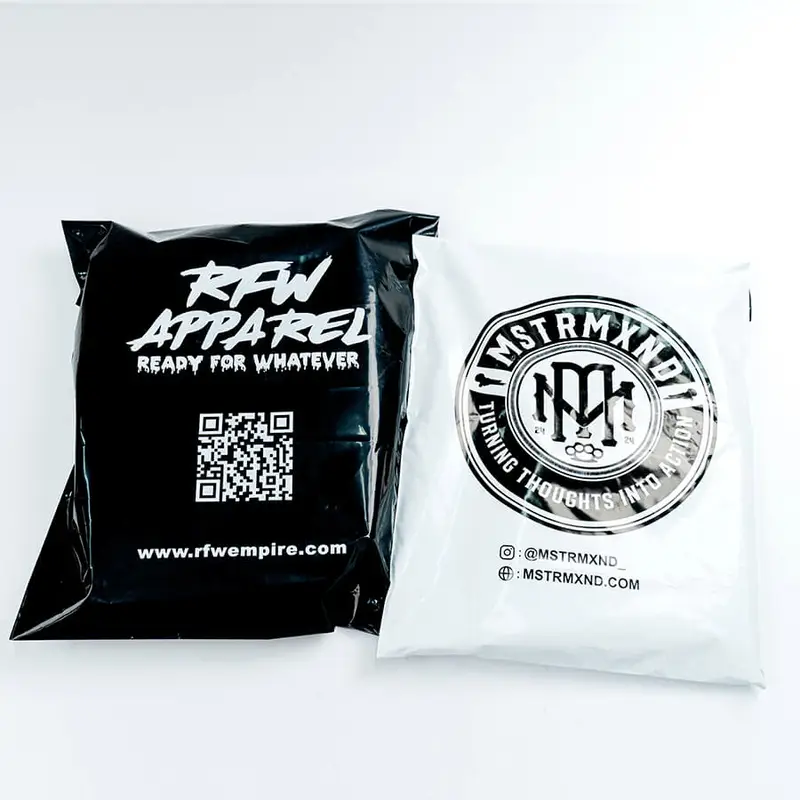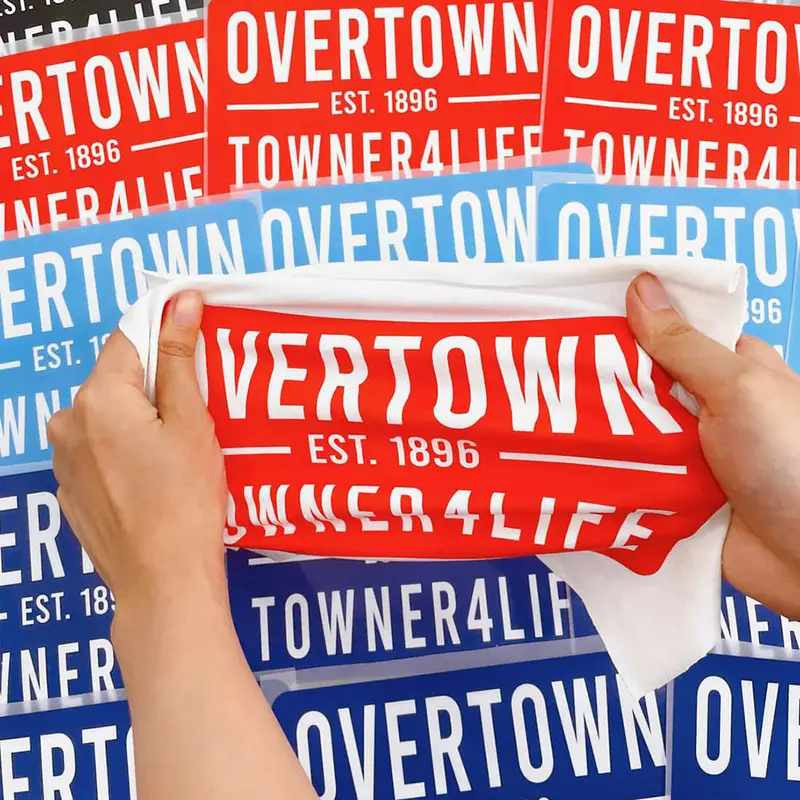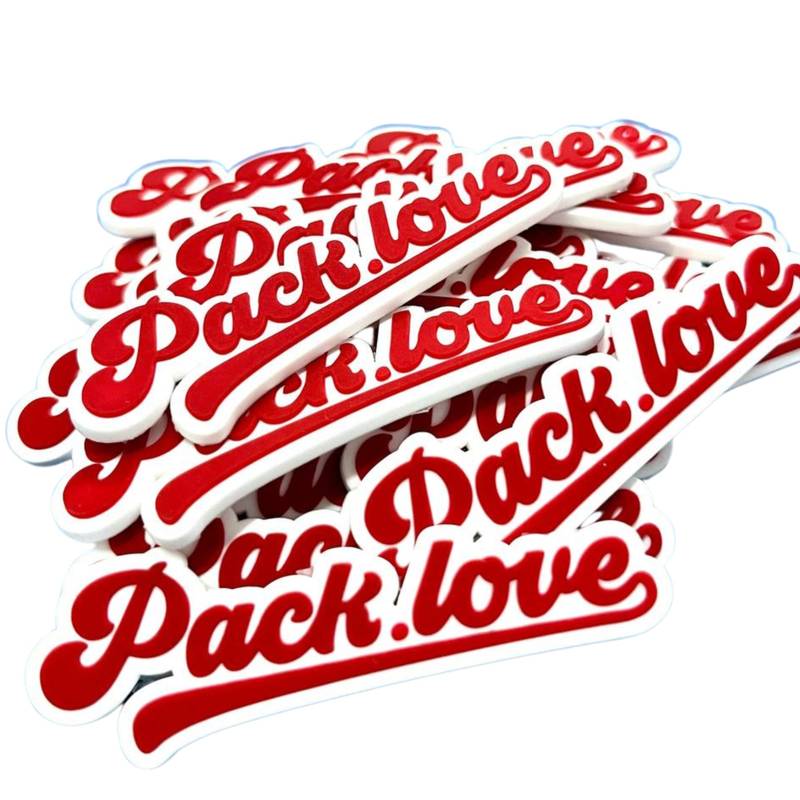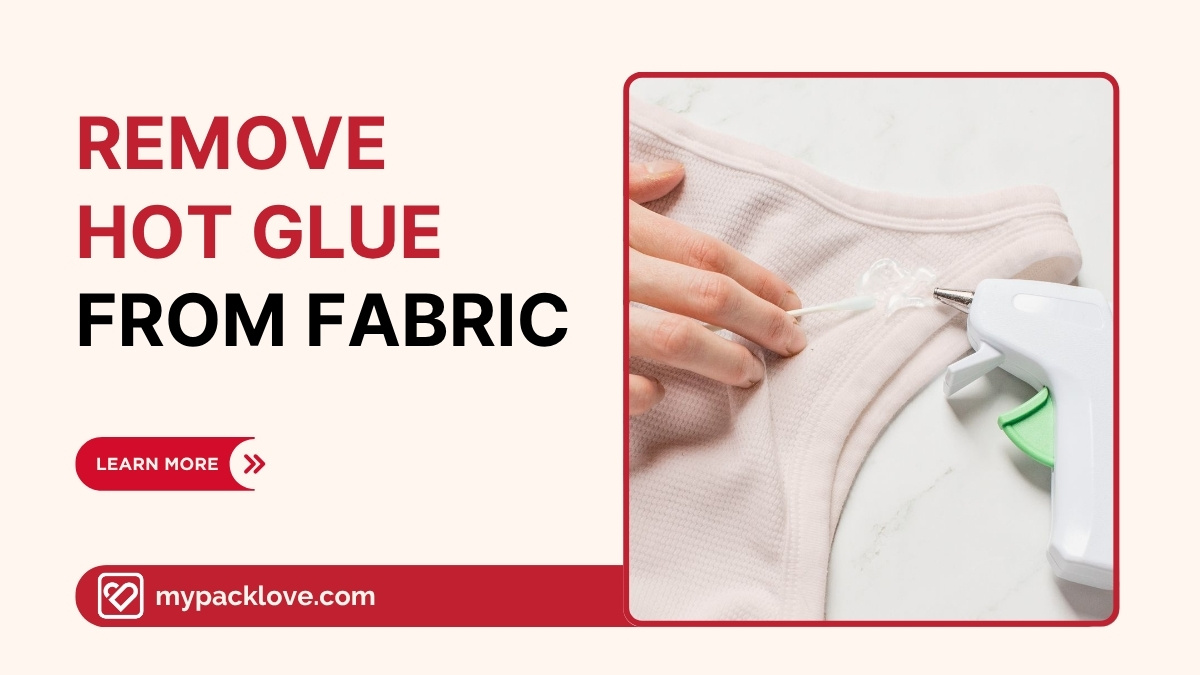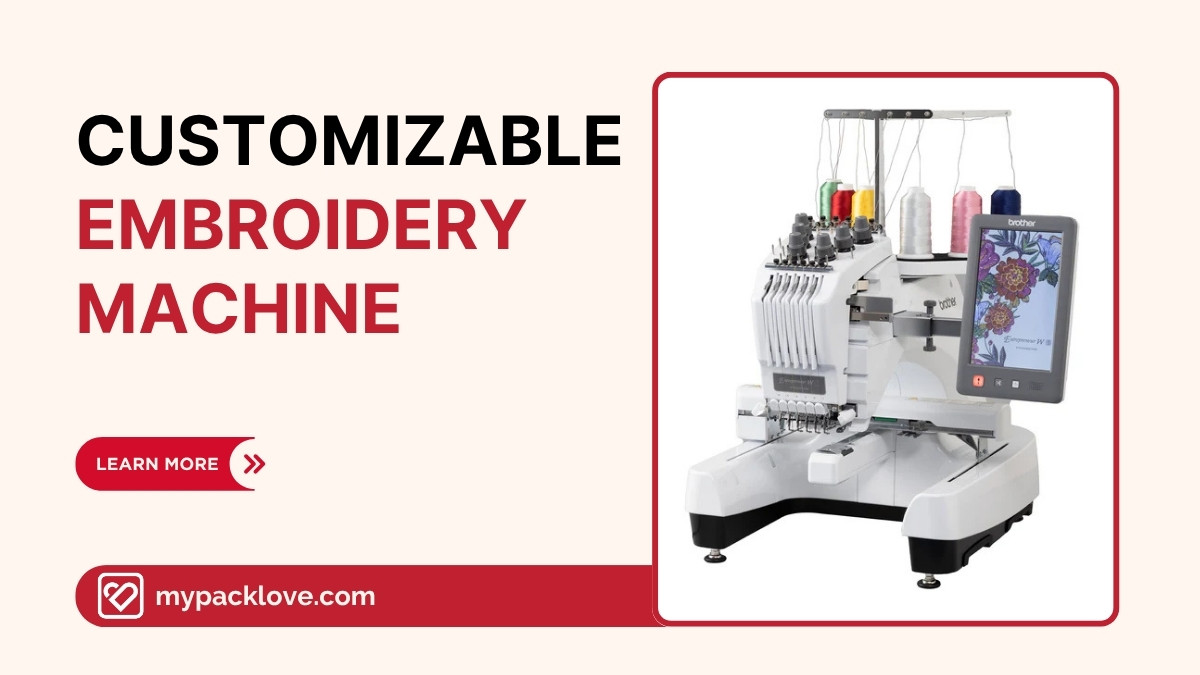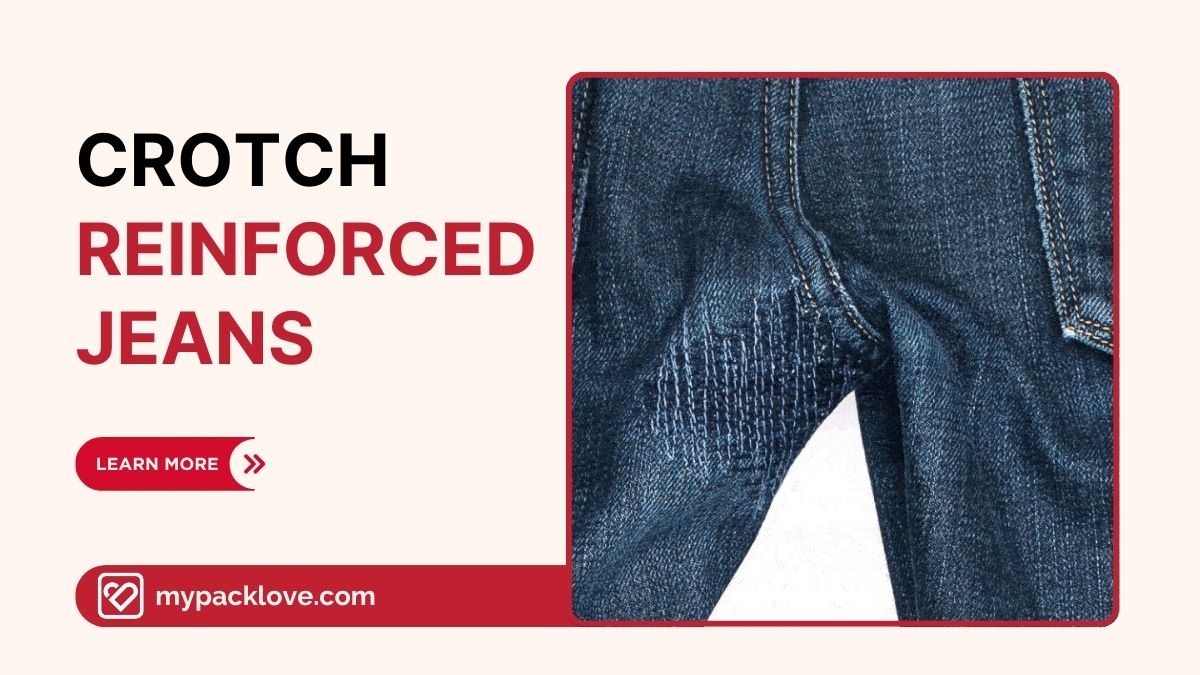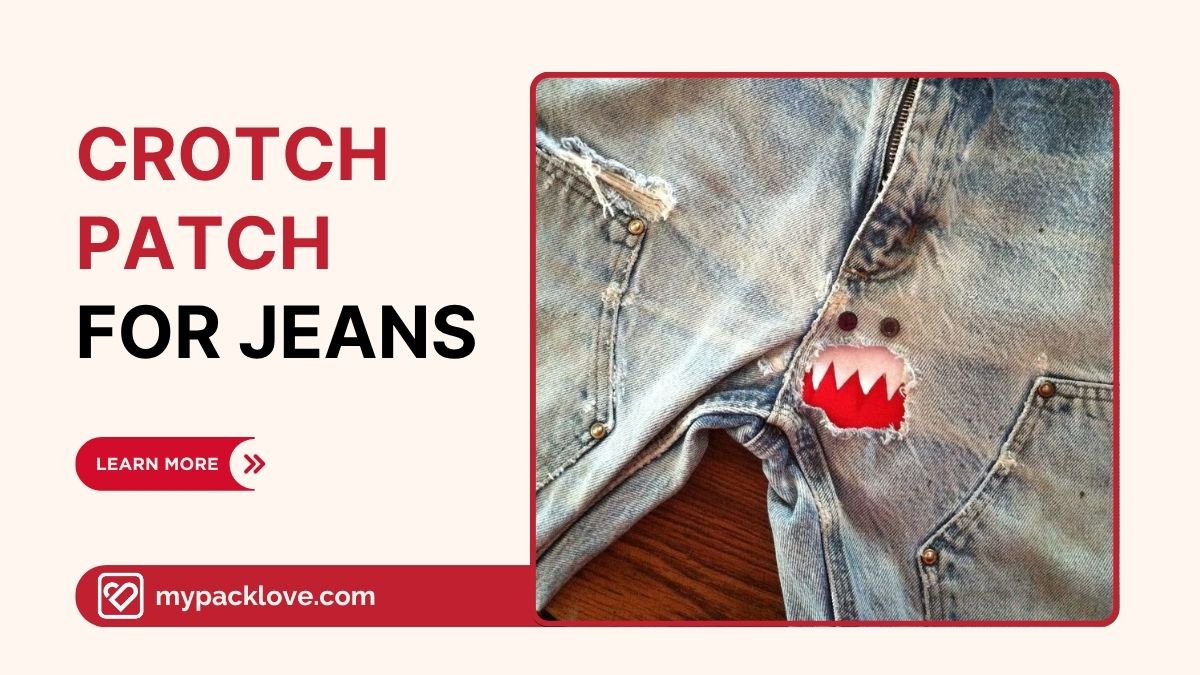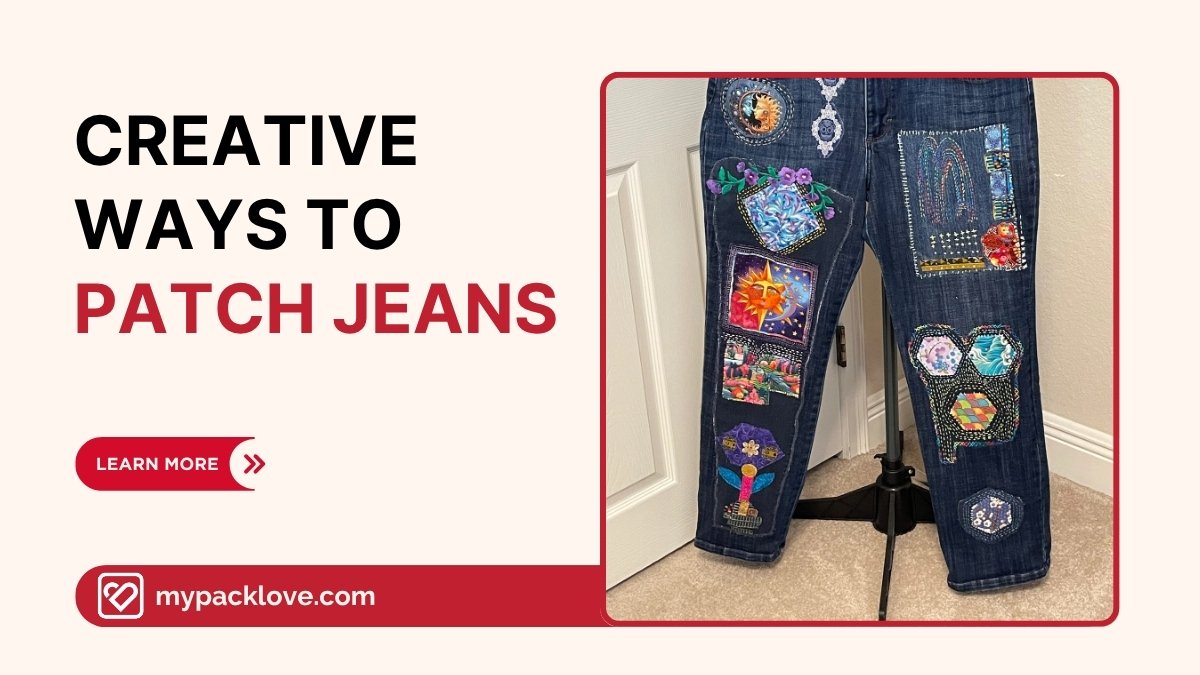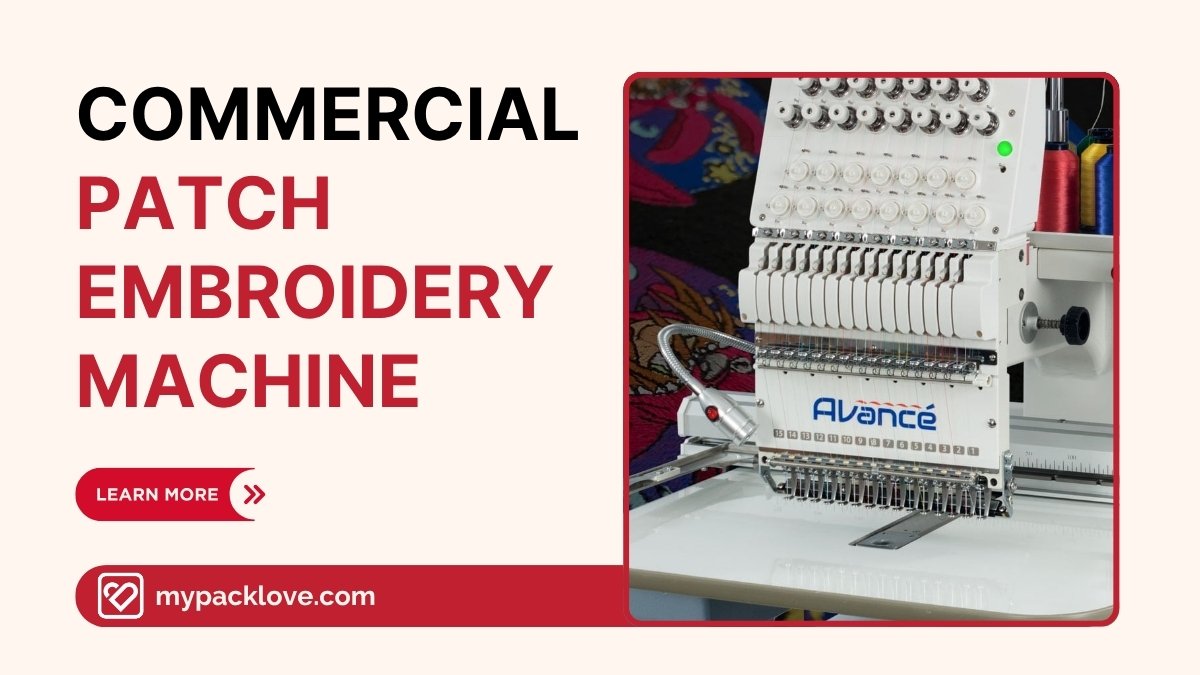What is Felt Fabric? Types, Uses and How It’s Made
Felt is a truly unique material in the textile world, boasting a rich history and remarkable versatility. Whether you’re deeply involved in crafting, designing clothing lines, fascinated by textiles, or sourcing materials for industrial purposes, gaining a solid understanding of felt is incredibly beneficial.
Knowing the different types of felt available, their specific characteristics, and how they can be used is key to successful projects. This article serves as your comprehensive guide to navigate the world of felt. We’ll explore its fascinating origins, the wide array of felt types available today, and the processes used to create this enduring fabric.
By the end of this guide, you’ll have the knowledge needed to confidently choose the right felt and unlock its full potential for your needs. Let’s explore the world of felt!
1. What is Felt?
1.1 Definition and Basic Understanding
Felt is a non-woven textile created by matting, condensing and pressing fibers together. Unlike woven or knitted fabrics, felt’s unique structure arises from the entanglement of fibers using heat, moisture and agitation or barbed needles. This process results in a dense, durable material with unique properties that distinguish it from other textile types.
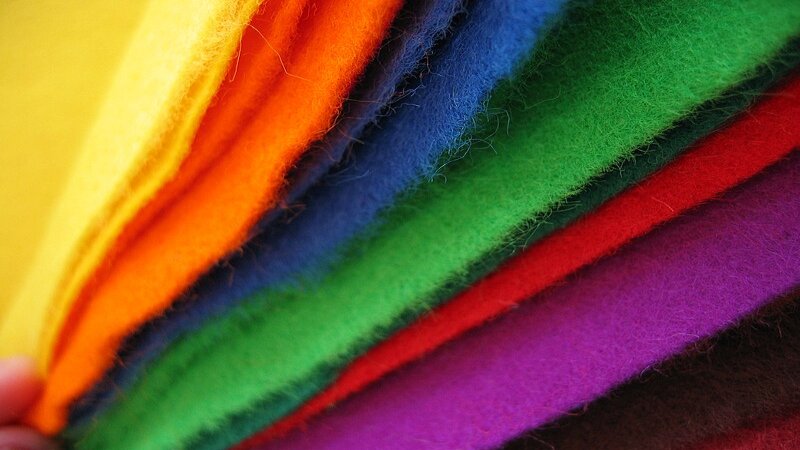
1.2 Felt vs. Other Fabrics
Felt’s non-woven structure fundamentally differentiates it from woven or knitted fabrics. Woven fabrics are constructed by interlacing lengthwise (warp) and crosswise (weft) threads. Knitted fabrics are formed by interlocking loops of yarn. Felt, on the other hand, lacks this distinct yarn-based structure, creating a dense, often smooth and sometimes textured surface. This unique characteristic significantly affects felt’s texture, weight and final appearance in various applications.
2. A Journey Through Time: The History of Felt
2.1 Ancient Origins and Nomadic Traditions
Felt is one of the oldest known textiles, dating back to around 6500 BCE. Its origins are deeply rooted in Central Asia, specifically the Altai Mountains and played a crucial role in the lives of nomadic cultures. Archaeological evidence from regions like Siberia and Mongolia demonstrates its early use. Felt served as a vital material for yurts, providing warmth and shelter as well as for clothing and various essential items. The use of sheep’s wool was fundamental to its creation and sustained cultural practices.
2.2 Felt’s Role in North American History
In North America, felt took on a significant economic and cultural role. From the 16th to the 19th centuries, the beaver felt hat industry thrived. Beaver fur due to its unique properties was exceptionally suited for felt production. This industry had a substantial economic impact on the region, influencing both native and European communities.
2.3 Felt in the Modern Era
The 20th and 21st centuries witnessed a shift in felt production with synthetic felts becoming increasingly prominent. Despite this, the use of natural fibers like wool, remains important. Today, felt’s versatility continues to be vital in various industries. Its applications range from craft projects and home décor to industrial uses and specialized applications, highlighting its adaptability across the modern world.
3. The Art and Science of Felt Making: How is Felt Made?
3.1 Wet Felting: The Traditional Technique
Wet felting, a traditional method involves matting fibers together using hot water, soap and agitation. The process relies on the microscopic scales on animal fibers intermeshing and interlocking as the water and soap loosen the fibers’ natural bonds. The heat and agitation facilitate the formation of a dense non-woven structure. This interweaving or “matting” of fibers is crucial in creating the characteristic felt material.
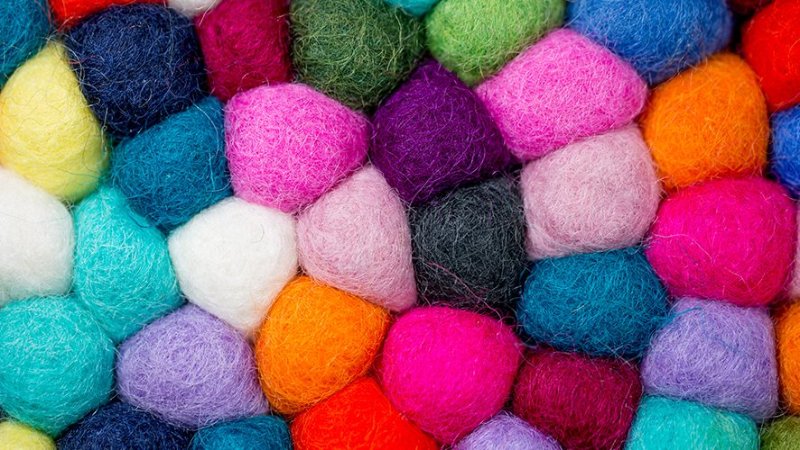
3.2 Needle Felting: A Modern Approach
Needle felting, a more modern technique, uses barbed needles to entangle fibers. The needles are driven into the fibers, creating interlocking structures and compacting the material. This method is highly versatile and allows for intricate designs and three-dimensional creations. Needle felting is effective with a wide range of fibers, including natural fibers and synthetics, offering a significant degree of creative control. It’s particularly well-suited for intricate designs, sculpting and adding embellishments to projects.
3.3 Industrial Felt Production
Industrial-scale felt production utilizes specialized machinery and processes. Large quantities of fibers are processed through complex pressing methods that compact and consolidate the fibers into a homogenous sheet. Specialized machinery plays a crucial role in the efficiency and uniformity of large-scale felt production.
4. Exploring the Spectrum: Different Types of Felt
4.1 Natural Felt: Wool and Fur
Wool Felt: The Gold Standard
100% wool felt is prized for its exceptional softness, durability, and inherent warmth. Its natural fiber content contributes to its water-resistant properties and makes it ideal for high-quality crafts and apparel. The softness and resilience of wool felt make it a favorite material for creating intricate designs while its inherent warmth makes it useful for garments and accessories.
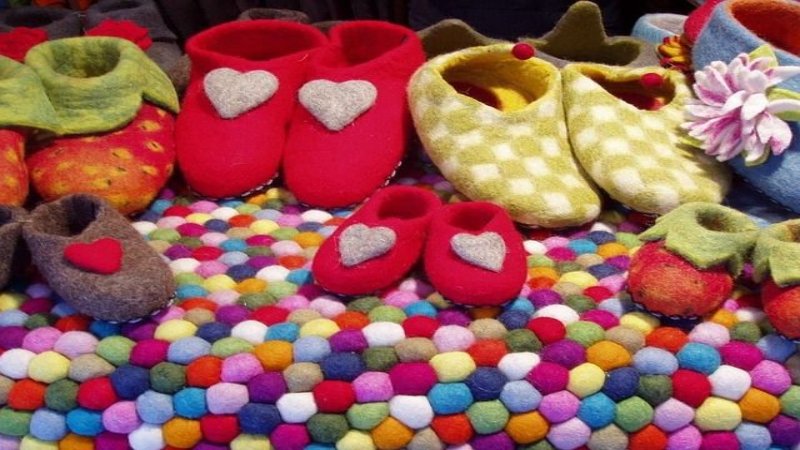
Fur Felt: A Luxurious (and Controversial) Option
Historically, beaver fur felt was highly valued for its exceptional durability and moldability. However, today, ethical concerns surrounding fur production have made this material a subject of considerable discussion. Due to concerns about animal welfare, the use of fur felt has decreased in popularity in recent times.
4.2 Synthetic Felt: Acrylic, Polyester, and Rayon
Acrylic Felt: The Affordable Choice
Acrylic felt is a highly affordable synthetic option. Known for its wide range of colors and relatively lightweight nature, it’s a popular choice for basic crafts. While it’s less durable than wool felt, its affordability and availability make it a valuable material for projects requiring less strength.
Polyester Felt: Ideal for Sublimation
Polyester felt stands out for its remarkable ability to withstand high heat. This heat resistance makes it an excellent choice for sublimation printing, allowing for vibrant and long-lasting designs. Its durability and ability to retain color make it a preferred material for creating items that require repeated use or exposure to heat.
Rayon Felt: For Specialized Applications
Rayon felt is notable for its absorbent properties. This characteristic makes it suitable for industrial applications like filtration and medical uses. Its absorbency contributes to its use in various specialized applications.
4.3 Wool Blend Felt: The Best of Both Worlds
Wool blend felt combines the softness and warmth of wool with the affordability of other synthetic fibers like viscose or polyester. This blend typically results in a more affordable alternative to 100% wool felt while maintaining a soft texture. The reduced cost often makes it a practical choice for larger projects or applications requiring a high volume of felt.
5. Understanding Felt’s Unique Characteristics
5.1 Texture and Density
Felt’s dense, compact structure is a defining characteristic. This tightly bound arrangement of fibers significantly impacts its other properties. Felt texture can vary considerably depending on the fiber type and production method. Wool felt, for instance, often has a softer, more pliable texture compared to acrylic felt. The manufacturing process, whether wet felting or needle felting, also plays a role in the felt’s final texture, impacting its density and overall feel. A critical aspect of felt is its non-fraying edges a consequence of its interlocking fiber structure.
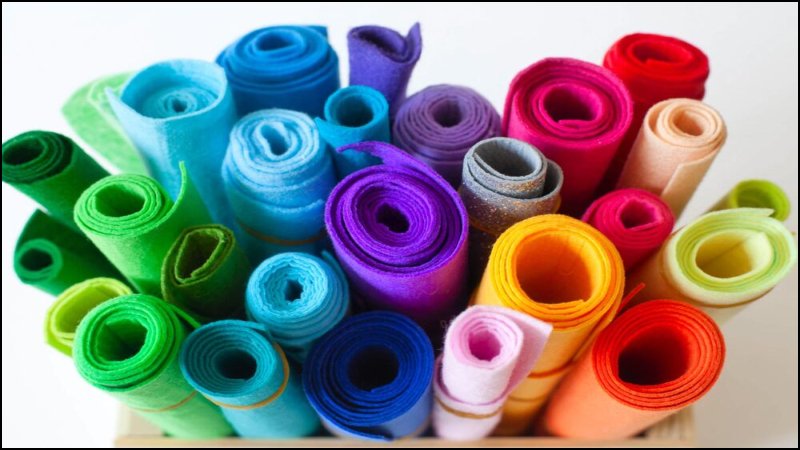
5.2 Warmth and Insulation
Felt, especially wool felt, is renowned for its exceptional insulation properties. The tightly packed fibers trap air, significantly reducing thermal conductivity and enhancing heat retention. This quality makes felt a valuable material for insulation in clothing, footwear and various other applications. Its ability to retain warmth is directly correlated to the density and type of fibers used in its creation.
5.3 Absorbency and Water Resistance
Felt’s unique construction gives it the ability to take in moisture, acting somewhat like a sponge. However, it’s important to understand that how well felt absorbs water is significantly influenced by the type of fibers used to make it.
For instance, wool felt stands out due to the natural water-repellent characteristics of wool fibers themselves. This inherent quality means wool felt is generally more resistant to absorbing water compared to felts made from other materials. While wool felt isn’t completely waterproof and can still absorb some moisture, its natural hydrophobic nature provides a degree of water resistance that is quite beneficial in certain applications.
5.4 Sound and Vibration Dampening
Felt’s dense structure effectively absorbs sound waves, making it a valuable material for soundproofing applications. The interlocking fibers trap sound energy, reducing the transmission of vibrations and noise. This acoustic property is leveraged in numerous industrial settings, where sound absorption is crucial. Additionally, felt’s ability to dampen vibrations contributes to its use in various products from sound-deadening materials to protective pads.
5.5 Durability and Longevity
Felt’s durability is a function of its inherent fiber type and the production method used. Wool felt with its strong natural fiber, tends to exhibit greater longevity and wear resistance. The manufacturing process, particularly the level of compaction, directly impacts felt’s resilience to damage and wear. Factors such as the tension applied during pressing and the quality of the fibers play a vital role in determining felt’s overall lifespan and ability to withstand daily use.
6. From Crafts to Industry: The Diverse Uses of Felt
6.1 Felt in Fashion and Apparel
Felt’s versatility extends to clothing items like hats, slippers, and traditional garments. Its durability and ability to maintain shape make it a popular choice for hats, while its softness is often appreciated in slippers and traditional attire. In specific regions, felt has significant cultural significance, playing a role in traditional costumes and ceremonial garments, demonstrating its long-standing connection with various cultures. Felted wool is especially valued in these applications.
6.2 Felt in Home Décor and Interior Design
Felt’s aesthetic qualities and functional properties make it a valuable material for home décor. Felt rugs, wall hangings, table runners, coasters and upholstery elements add warmth and visual interest to any interior. The variety of colors and textures available allows for a wide range of design possibilities. Felt’s sound absorption properties also make it a practical choice for noise reduction in certain home environments.
6.3 Felt in Industrial Applications
Felt’s unique properties make it highly suitable for industrial applications. Its ability to dampen sound and vibrations is frequently utilized in soundproofing materials, machinery padding, gaskets and air filtration systems. Felt’s density and durability contribute to its resilience in these demanding applications while its unique sound absorption coefficient makes it a desirable material for noise control.
6.4 Felt in Musical Instruments
Felt plays a crucial role in musical instruments. Its sound-dampening properties are evident in piano hammers, drum dampeners and instrument padding. The precise application of felt impacts the sound quality and helps protect the instrument’s components. The felt tip on a piano hammer, for example, directly influences the instrument’s tone.
6.5 Felt in Arts and Crafts
Felt’s versatility and ease of use make it a popular choice for various arts and crafts projects. Its soft texture and ability to hold intricate shapes are evident in soft toys, dolls, jewelry, 2D and 3D art, embellishments and framing. Both wet felting and needle felting techniques allow for extensive creativity and personalization in these projects.
7. FAQs about Felt
7.1 How do I care for felt items?
Cleaning and maintaining felt depends on the fiber type. Wool felt often requires professional cleaning or gentle hand-washing with mild soap and cool water. Avoid harsh chemicals or machine washing as these can damage the fibers. Synthetic felts like acrylic or polyester are generally more resilient and can be spot-cleaned with a damp cloth and mild detergent.
7.2 What is the best type of felt for my project?
Choosing the right felt depends on your project’s specific needs. For durability and warmth, wool felt is a strong choice. For affordability and a wide range of colors, acrylic felt is suitable for basic crafting projects. If your project requires heat resistance for sublimation printing, polyester felt is the ideal option. Rayon felt is excellent for absorbent applications. Consider factors like softness, density, desired color options, and the project’s expected usage when making your selection.
7.3 Is felt environmentally friendly?
The environmental impact varies between wool and synthetic felt. Wool felt, being a natural fiber, is biodegradable though concerns exist about the environmental practices of wool production. Synthetic felts while readily available and affordable, often have a larger carbon footprint due to the production processes involved. Choosing felt with an emphasis on ethical and sustainable production practices is a consideration for environmentally conscious consumers.
7.4 Where can I buy high-quality felt?
High-quality felt can be purchased from various sources. Craft stores, fabric stores and reputable online retailers often offer a wide variety of felt types and sizes. Researching supplier practices and seeking out eco-conscious options are ways to support environmentally friendly choices.
7.5 Can felt be recycled?
Felt recycling varies depending on the fiber content. Wool felt, being a natural fiber, can sometimes be recycled and repurposed although the exact recycling methods may vary. Synthetic felt may be recyclable or may not be readily accepted in typical recycling streams. Consult with local recycling programs to understand the best methods for disposing of felt materials.
Read more:
This exploration of felt highlights its rich history, diverse production methods and varied types. Felt’s versatility is remarkable, extending its use from intricate crafts to essential industrial applications. From its ancient origins to modern uses, felt’s ability to adapt to various applications demonstrates its enduring appeal. Consider Packlove for all your custom packaging and branding needs to complement the exceptional nature of felt.

